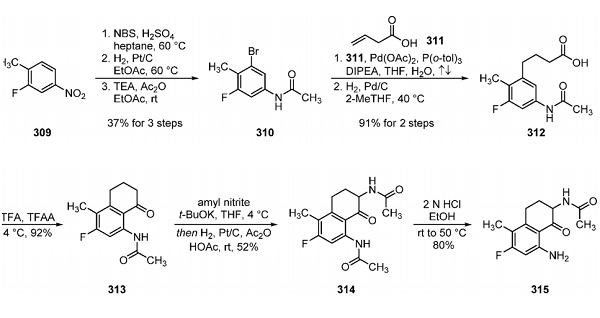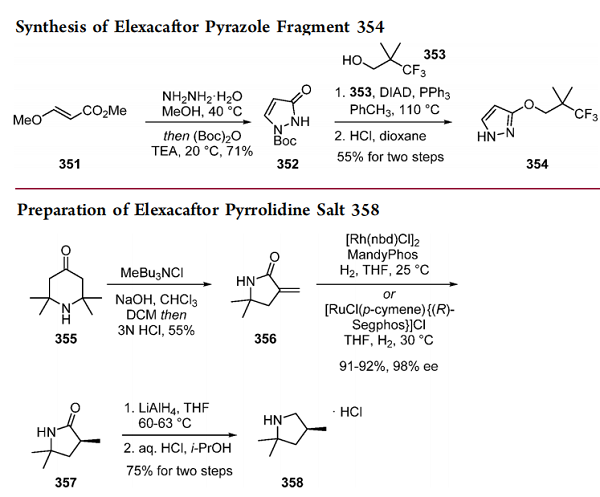The introduction of Trastuzumab Deruxtecan
Description
Trastuzumab deruxtecan, a HER2-directed antibody and DNA topoisomerase I inhibitor conjugate, is being developed for the treatment of HER2-expressing solid tumors, including breast cancer, gastric cancer, colorectal cancer and non-small cell lung cancer by Daiichi Sankyo Company Ltd in collaboration with AstraZeneca[1]. Based primarily on the results of the phase 2 DESTINY-Breast01 trial, trastuzumab deruxtecan was recently approved in the USA under accelerated approval for the treatment of adult patients with unresectable or metastatic HER2-positive breast cancer who have received two or more prior anti-HER2-based regimens in the metastatic setting.
Structure
The drug, which incorporates the same antibody as trastuzumab emtansine (Kadcyla), contains a HER2- directed antibody, trastuzumab, conjugated to topisomerase I inhibitor DXd via an enzymatically cleavable maleimide glycine-glycine-phenylalanine-glycine (GGFG) peptidic linker. The linker−DXd intermediate, known as deruxtecan, is conjugated to trastuzumab via interchain cysteine residues present on the antibody, with an average of eight deruxtecan units attached to each trastuzumab antibody (DAR ≈ 8).

Biological activity
The observed therapeutic effect of trastuzumab deruxtecan relies on the overexpression of HER2 in many cancer types, facilitating antibody-driven binding of the ADC with HER2 receptors in cancer cells. After binding the ADC to the surface of the targeted cell, internalization and subsequent protease-mediated cleavage of the linker portion of deruxtecan take place, releasing DXd as the active species. A camptothecin derivative of the known topisomerase I inhibitor exatecan, DXd inhibits DNA replication, tumor cell apoptosis, and cell cycle arrest by binding with and inhibiting topoisomerase I-DNA complexes[2]. Interestingly, the linker technology used in trastuzumab deruxtecan varies from that in many other ADCs currently approved for human use, enabling a significantly higher DAR and the maximum theoretical DAR possible for conventional interchain cysteine conjugation. The increased drug loading enables a substantially higher delivery of payload to tumor cells, even cells with low HER2 expression. This high DAR is possible because of a favorable stability and clearance profile, which is often a liability with other ADC types. In clinical trials of 184 patients treated with the drug, 60% of patients dosed with trastuzumab deruxtecan observed tumor shrinkage, leading to a median response duration of 14.8 months.
References
[1] Keam, Susan J. “Trastuzumab Deruxtecan: First Approval.” Drugs 80 5 (2020): 501–508.
[2] Andrew C. Flick. “Synthetic Approaches to the New Drugs Approved during 2019.” Journal of Medicinal Chemistry 64 7 (2021): 3604–3657.
);

